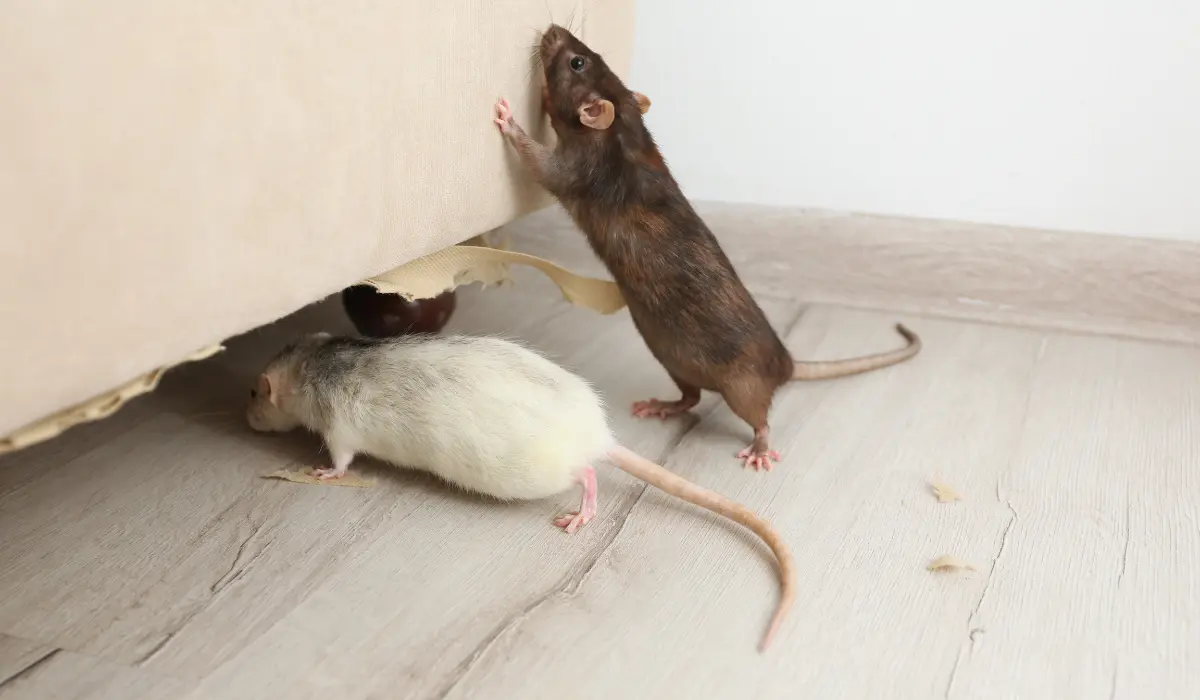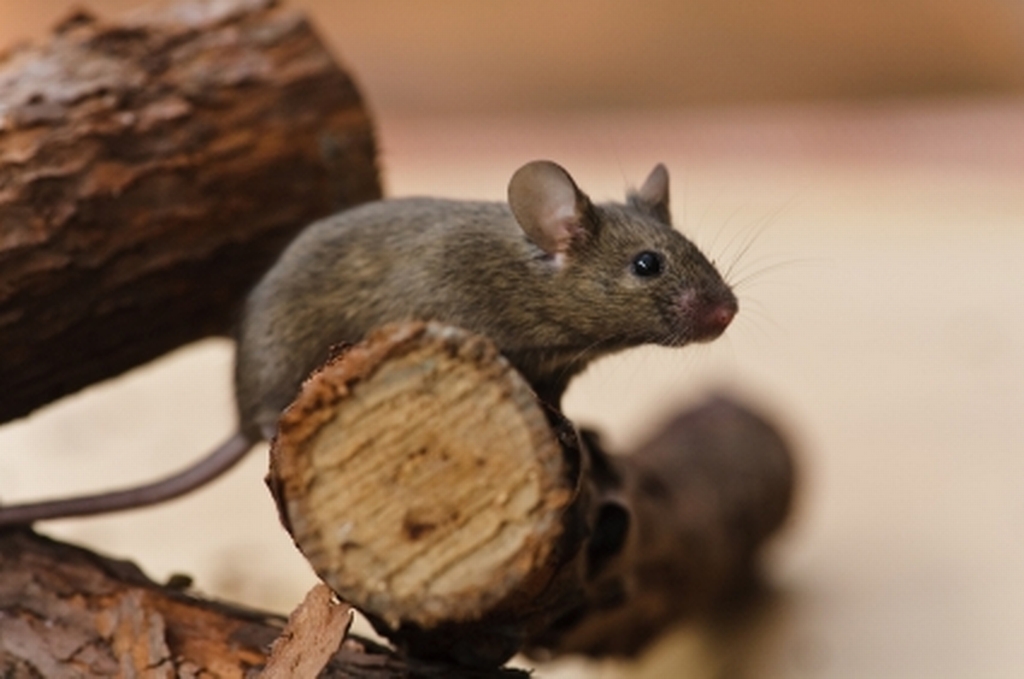Wifi Pest Detection for Hosts: A Game Changer?
Share
In today's fast-paced world of smart home technology, wifi pest detection for hosts is rapidly becoming a transformative solution. This innovative technology represents a proactive strategy for pest management, crucial for preserving a welcoming and healthy atmosphere within any living space. For hosts, especially those in the hospitality sector such as Airbnb or vacation rentals, maintaining a pest-free environment is vitalnot only for comfort but also for reputation and guest satisfaction.
Picture this: the ability to identify unwanted pests in real-time, potentially saving thousands on pest control while averting negative feedback from guests. This is where wifi pest detection for hosts proves invaluable.

What is Wifi Pest Detection?
Wifi pest detection relies on a sophisticated network of sensors connected through wifi to keep tabs on pest activity. These devices can pinpoint various pests, including rodents, insects, and even bed bugs, granting property owners an extra layer of security. With this cutting-edge detection approach, hosts can act quickly, minimizing the likelihood of infestations.
These systems feature sensors that monitor pest movements and notify property owners through a smartphone application or computer interface, ensuring that hosts receive timely updates about pest activity for prompt intervention.
Advantages of Wifi Pest Detection for Hosts
The foremost benefit of employing wifi pest detection for hosts is the ability to oversee their property from virtually anywhere, providing peace of mind while upholding high standards of cleanliness and safety. Heres a look at key advantages:
- Immediate Notifications: Quick alerts empower hosts to act fast, preventing small issues from turning into major problems.
- Cost Savings: Early identification can help hosts save substantial money on extensive pest control measures.
- Guest Experience: Maintaining a pest-free space fosters positive reviews and encourages repeat business.
- Eco-Friendly: Reduces reliance on chemical pest control options, offering a greener approach.
How Does Wifi Pest Detection Operate?
The technology behind wifi pest detection combines sensors, wifi connectivity, and advanced software analytics. These sensors are strategically positioned throughout the property to detect specific movements or alterations in the environment that signal pest presence. Once identified, the data is transmitted via wifi to the host's device.
This seamless integration allows for rapid responses, which are critical in effective pest management. Furthermore, hosts can track trends and patterns in pest activity, aiding them in devising more effective prevention strategies.
Implementing Wifi Pest Detection in Your Property
For hosts eager to incorporate this technology, the process is straightforward. Start by evaluating areas that are most susceptible to pest invasions such as kitchens, basements, and attics. Position the sensors in these key locations to optimize detection.
Moreover, selecting a system that easily integrates with existing smart home devices can enhance the overall effectiveness of the setup. This integration delivers a comprehensive view of the propertys security and environmental conditions.
For more guidance on sustaining a pest-free environment, hosts may explore resources like the Purcor Pest Blog, which provides practical tips for pest prevention and management.
Practical Applications and Considerations
Though the idea of wifi pest detection is intriguing, hosts should take into account several factors before implementation. Key considerations include installation costs, system reliability, and maintenance requirements.
Real-world applications showcase that properties equipped with wifi pest detection systems experience fewer infestations and greater guest satisfaction rates. However, some may find the initial investment a bit daunting. Hosts need to balance the advantages of long-term savings and improved guest experiences against the upfront costs.
To find out how other hosts navigate pest issues, consider visiting forums like the Airhosts Forum, where community members exchange their experiences and solutions.
Conclusion
The advent of wifi pest detection for hosts marks a significant shift in property management. This technology not only enhances convenience and efficiency in pest control but also greatly contributes to guest comfort and safety. As technology progresses, we can anticipate even more advanced systems offering enhanced pest management solutions.
For hosts, particularly those in the hospitality arena, investing in wifi pest detection is a forward-thinking step towards providing a remarkable guest experience and safeguarding a strong reputation in the competitive landscape of short-term rentals.

FAQ
What types of pests can wifi detection systems identify?
Wifi pest detection systems are typically designed to identify a range of pests, including rodents, insects, and bed bugs.
How reliable are wifi pest detection systems?
The reliability of these systems can vary depending on the quality of sensors and software used. It's crucial to select a trustworthy provider to ensure accurate and dependable detection.
Is wifi pest detection a cost-effective solution?
Despite the potential for significant initial setup costs, the long-term savings from preventing infestations and diminishing the need for professional pest control can make this a financially sensible option for numerous hosts.
For more insights into including pest control services in your listing, check out this external resource: Pest Control Services.
